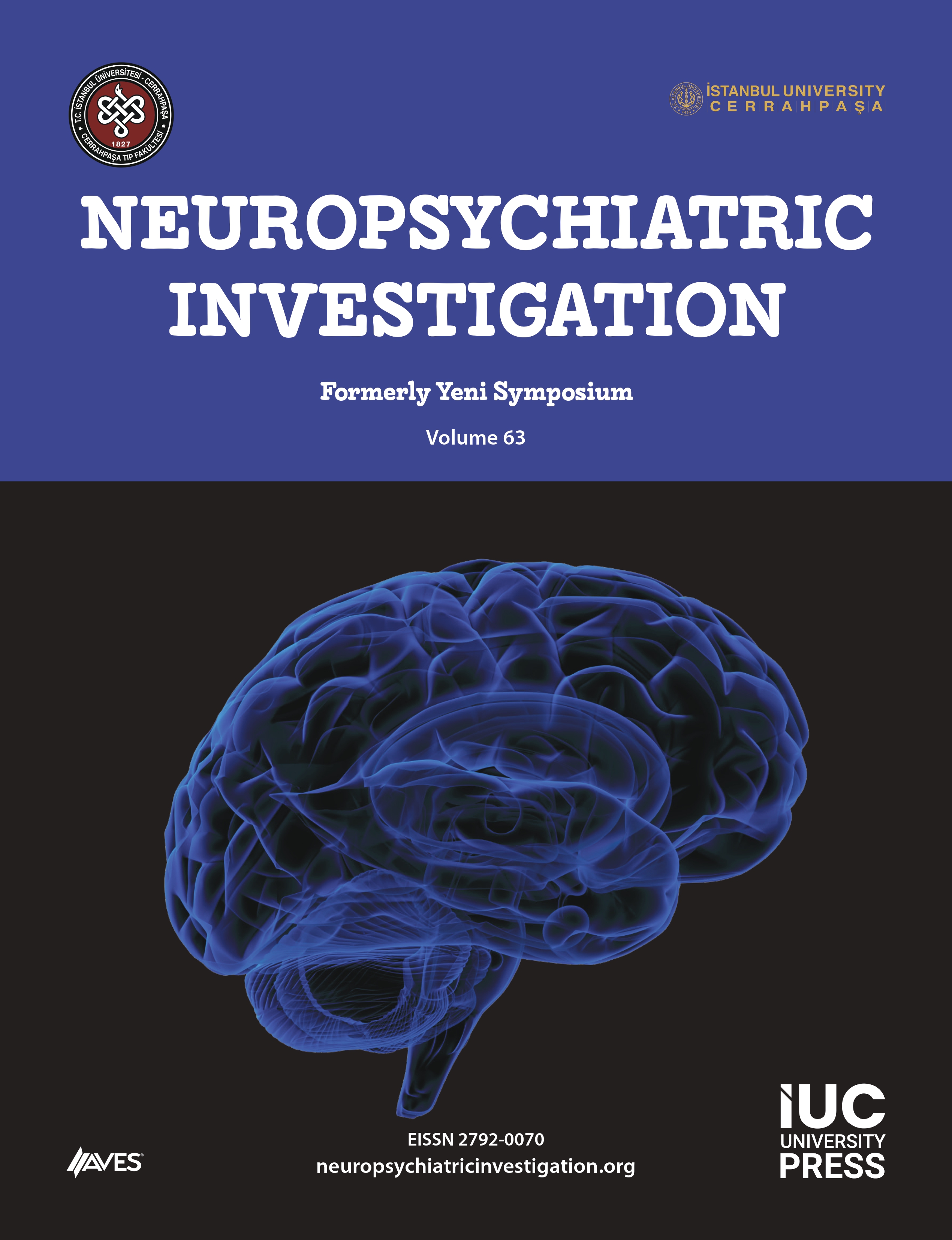Objective: To demonstrate the applicability of the Kaufman factors and Bannatyne categories to samples of Turkish children; and to test the validity of the Kaufman factors, which are specifically used in attention deficit hyperactivity disorder (ADHD), and Bannatyne categories, specifically used in specific learning disability (SLD).
Method: Study sample consisted of an ADHD group (191 boys within 72-140 months age range), SLD group (21 boys within 76-131 months age range) and control group (117 boys within 70-143 months age range). Exclusion criteria were comorbidity, medication affecting cognitive processes, uncorrected visual and/or auditory defects, and intelligence quotient outside the 90-119 range. Trained psychologists administered Wechsler Intelligence Scale for Children- Text Revised (WISC-TR) to those volunteering children whose parents gave informed consent for participation in the study.
Results: The cumulative variances (principal component analysis) for the 2-factor (Wechsler classification), 3-factor (Kaufman factors) and 4-factor (Bannatyne categories) models were low to medium. According to the fitness indexes, the concordance between the data and the model were, for all three models, below acceptable levels (confirmatory factor analysis).
Conclussion: The factors and categories in the Kaufman, Bannatyne and Wechsler models are not applicable to samples of Turkish children. This conclusion is also supported in the ADHD group by the disorganized nature of the scores that loaded on attention-related factors (Kaufman’s Freedom from Distractibility factor and Bannatyne’s Sequencing category).




.png)